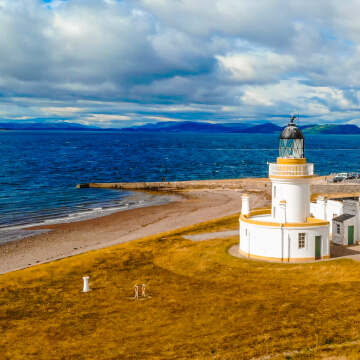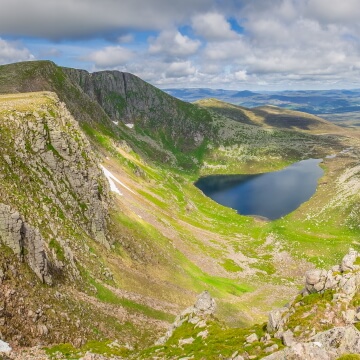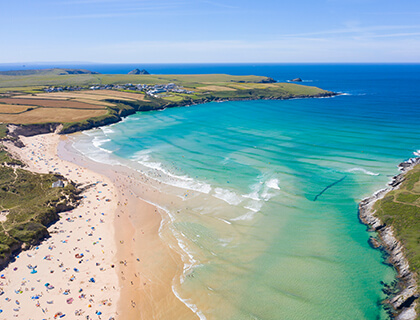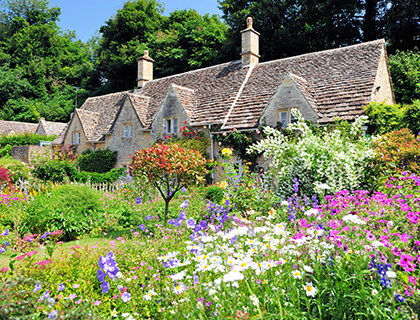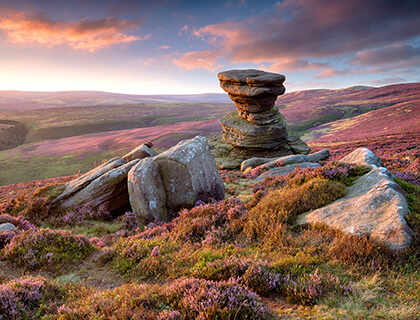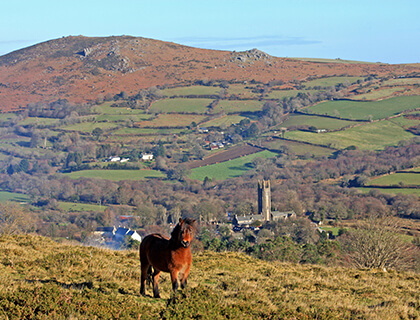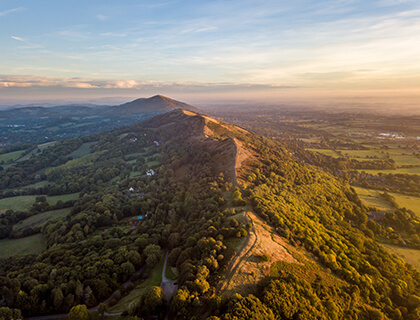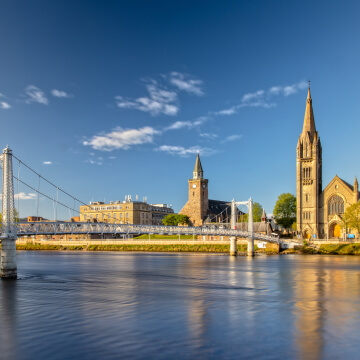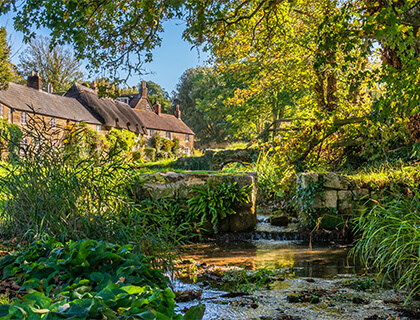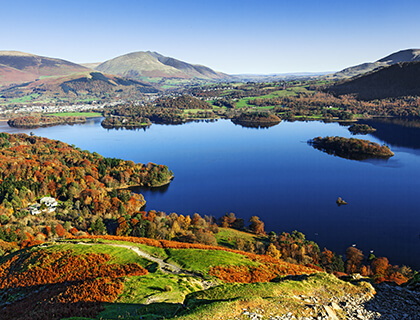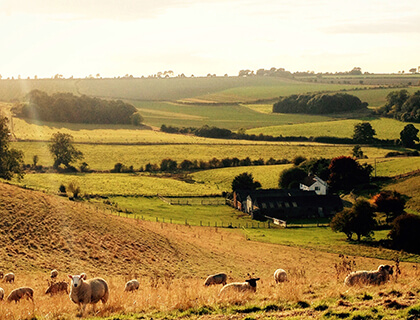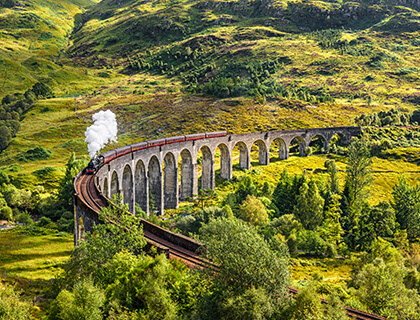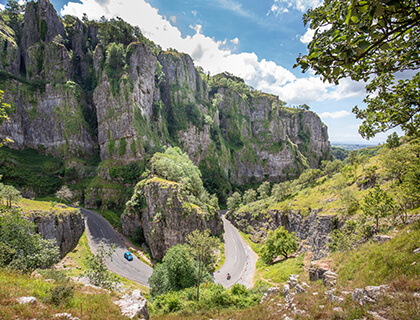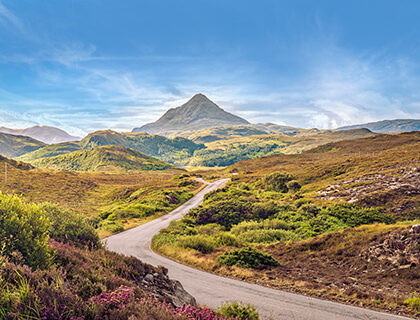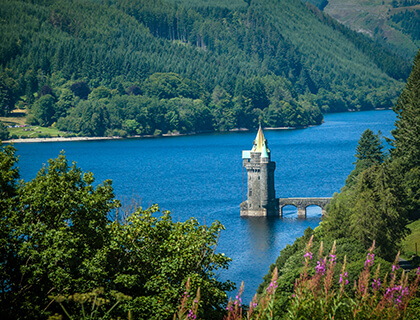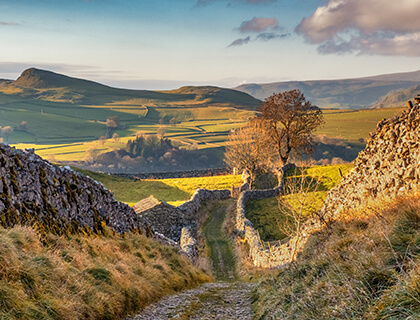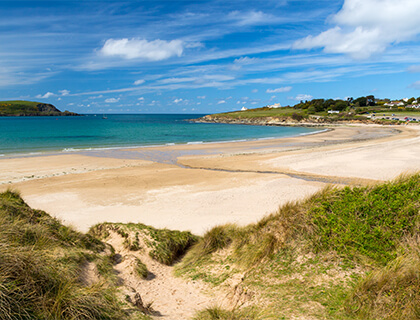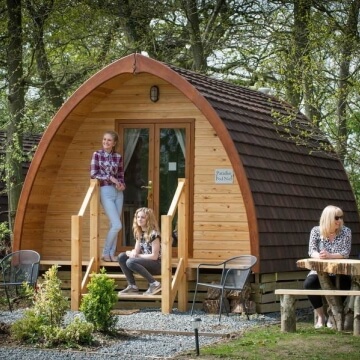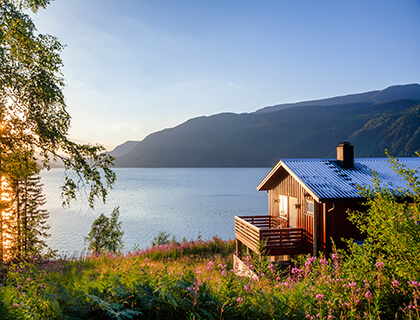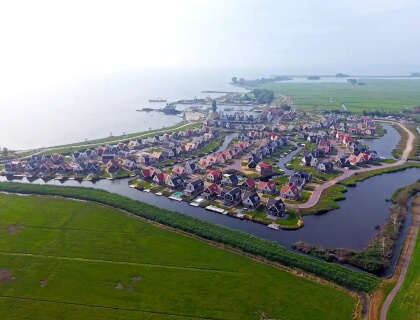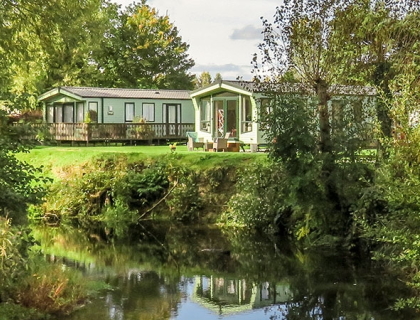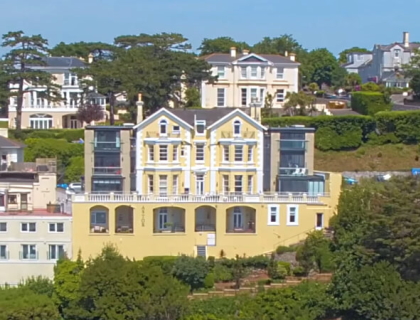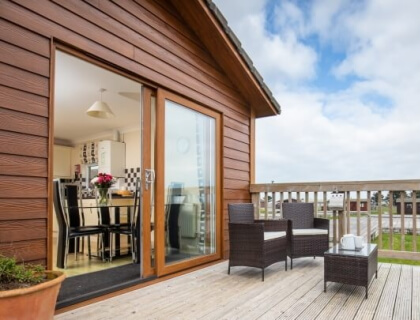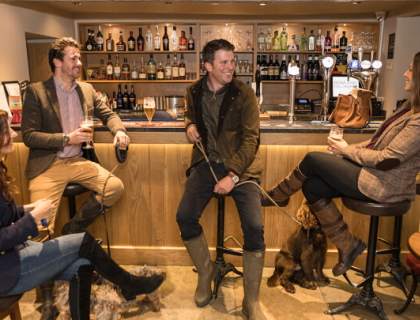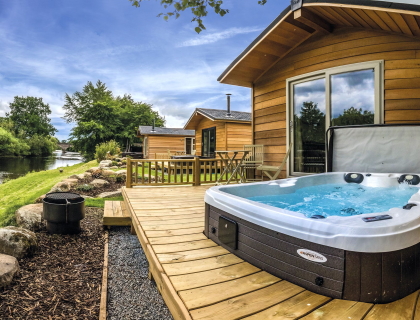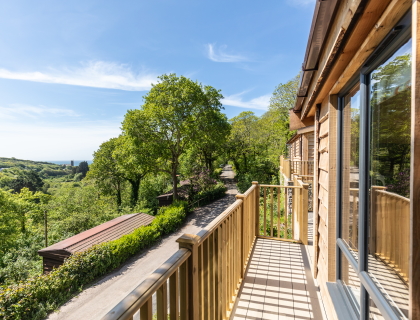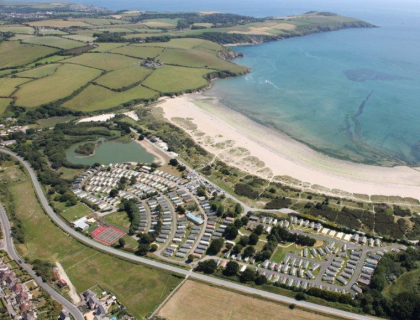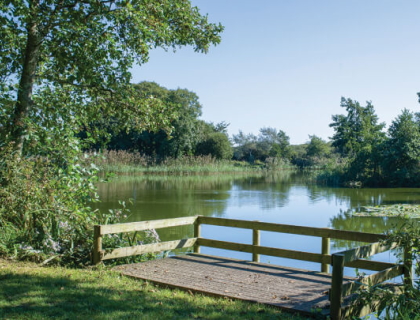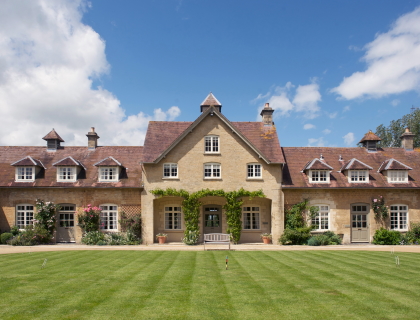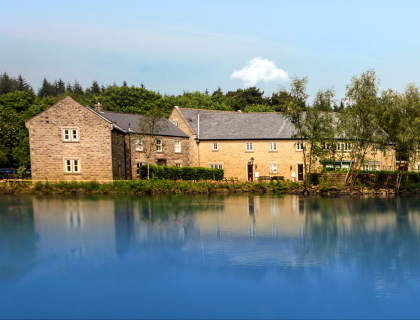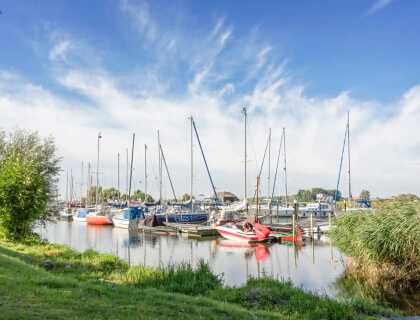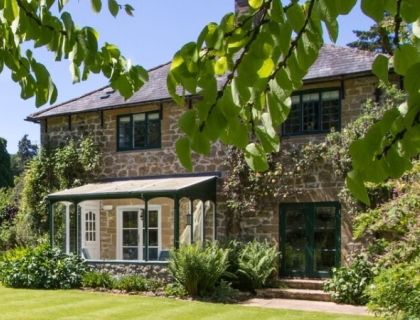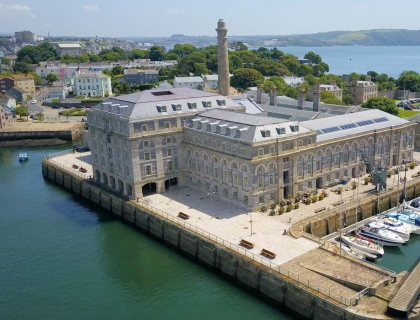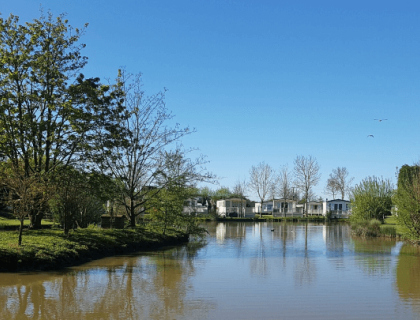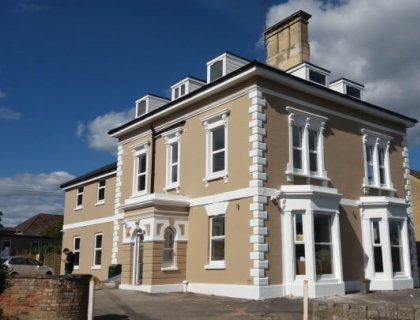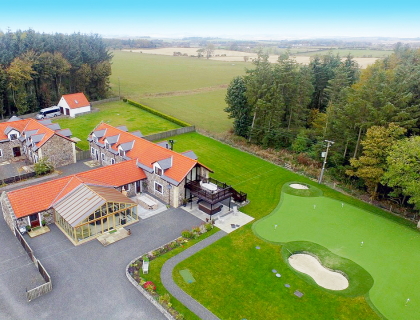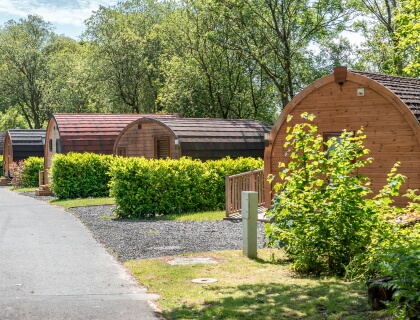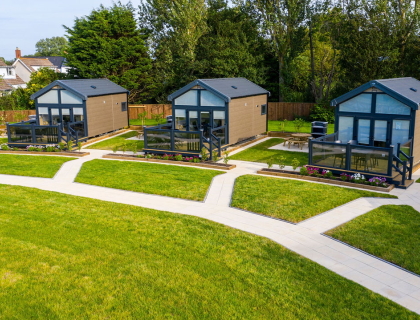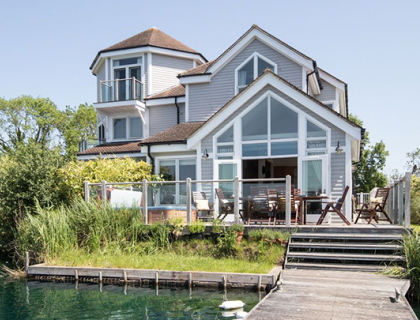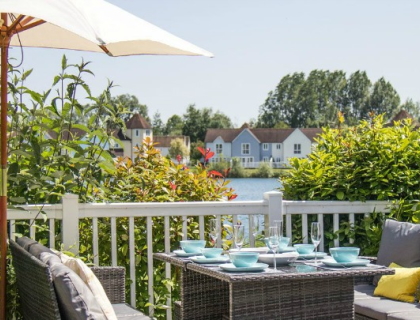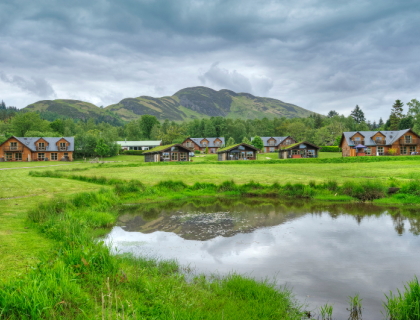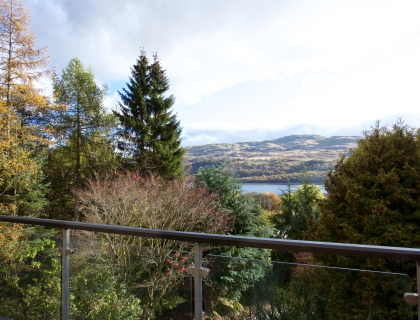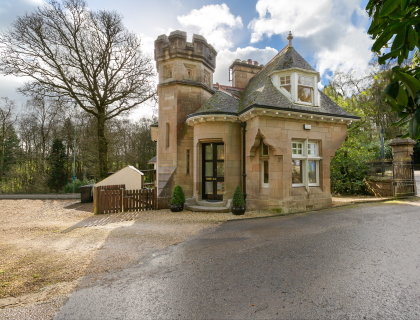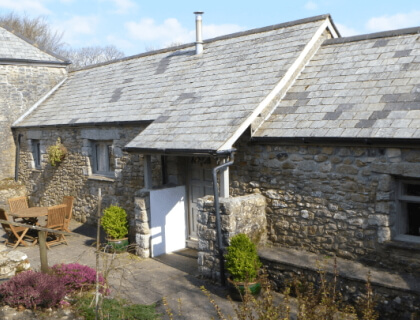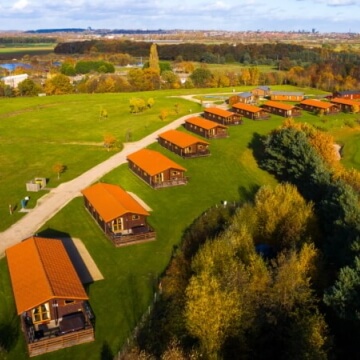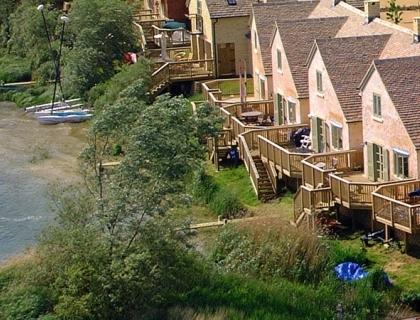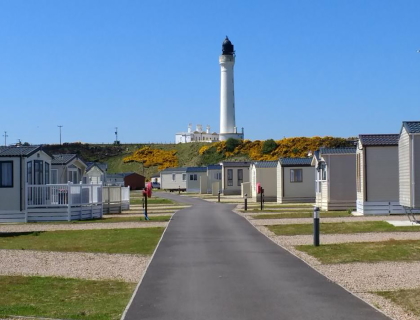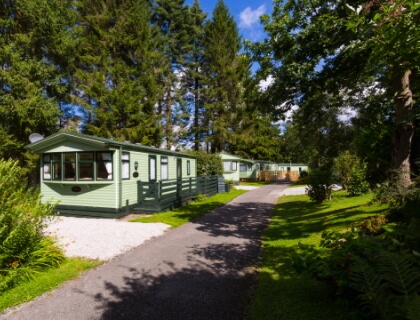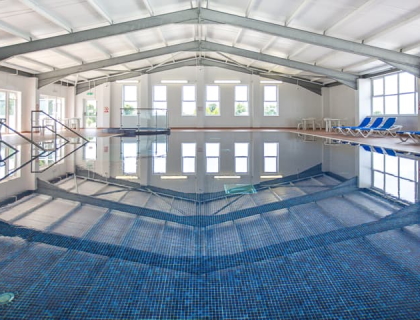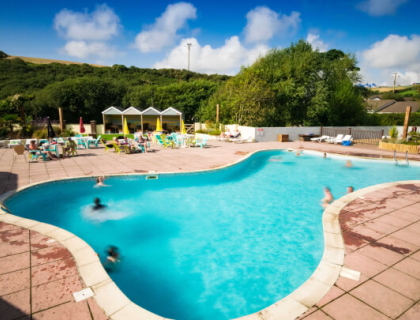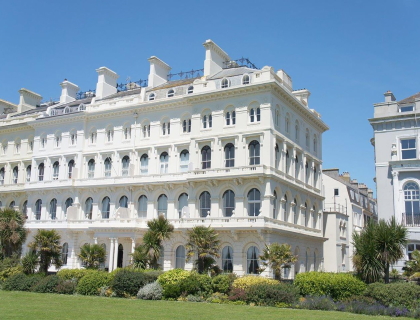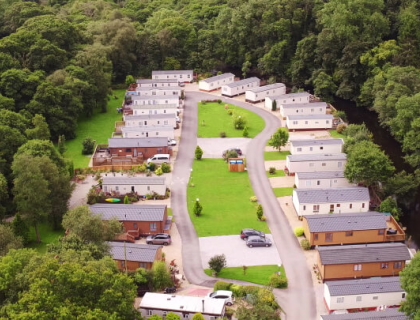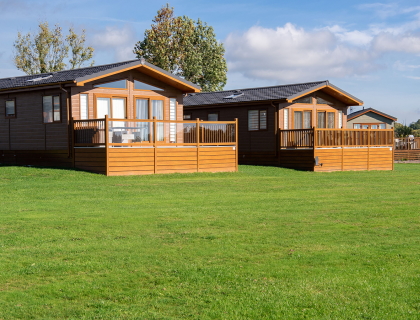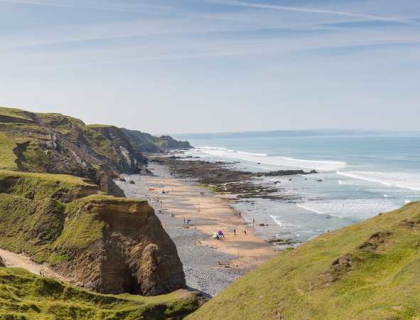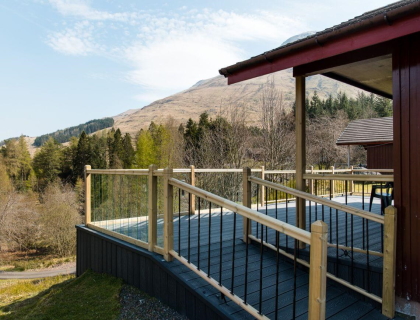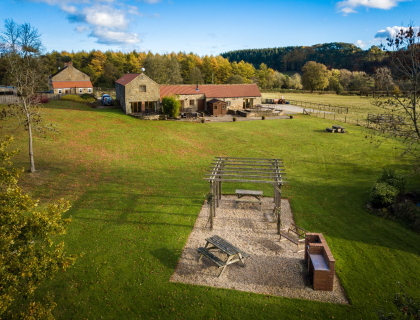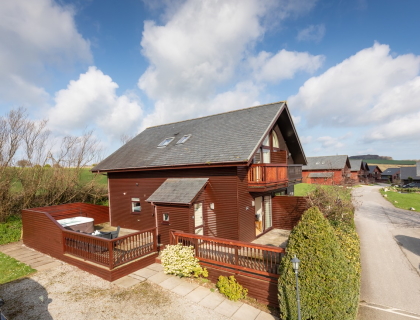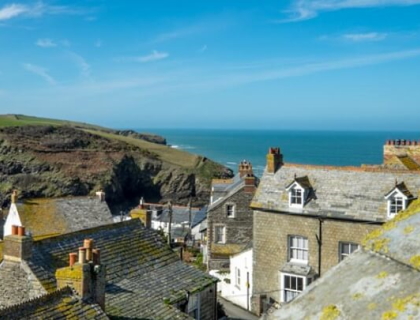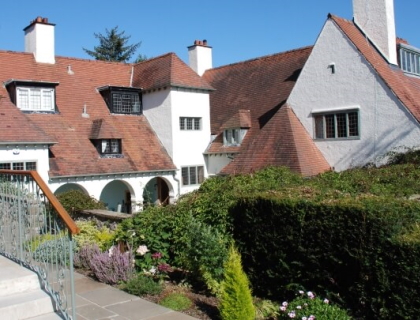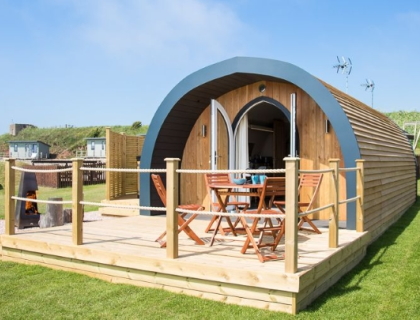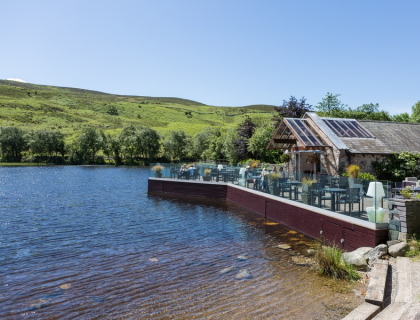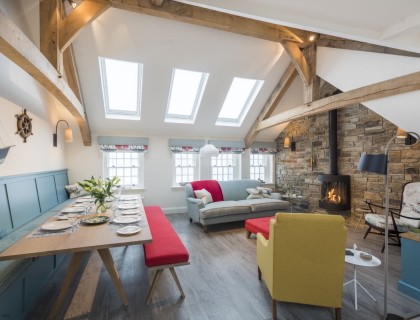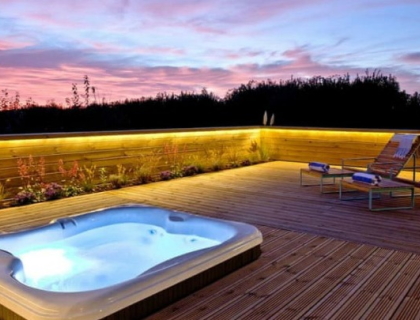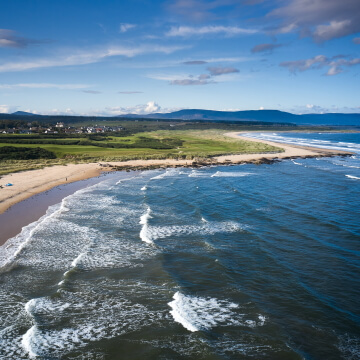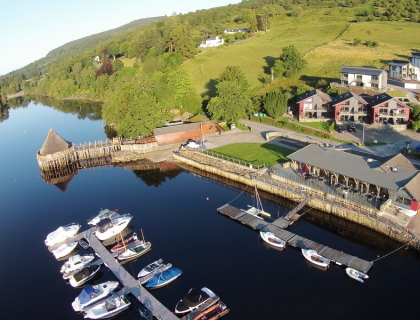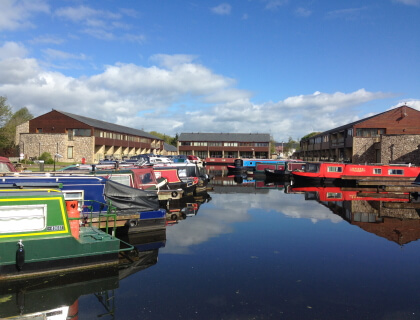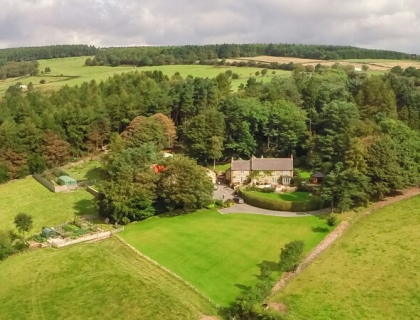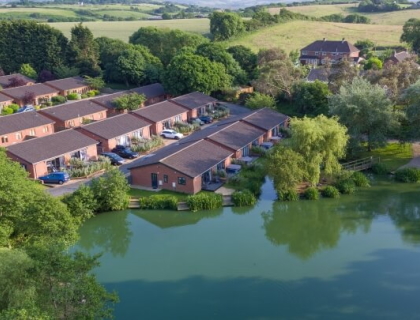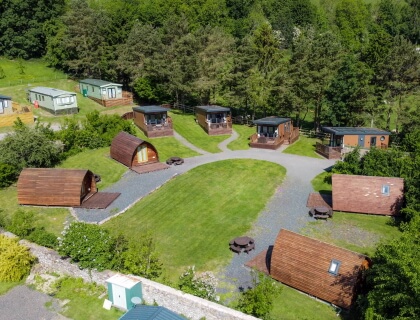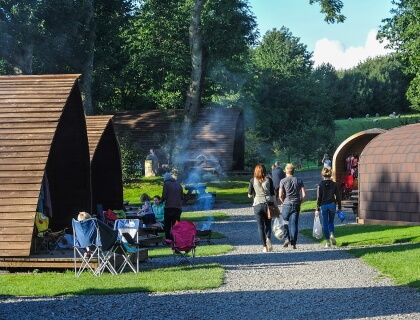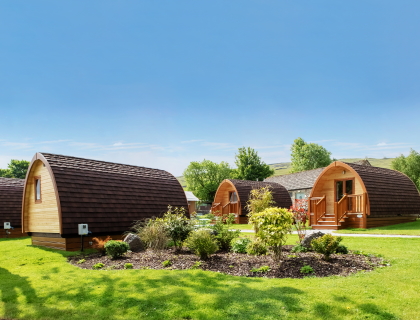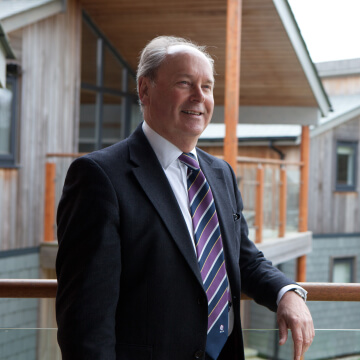The many magnificent stately homes that dot the British countryside are lavish monuments to their age and the incredible wealth of those that built them. Once the closely guarded preserve of the aristocracy, many are now open to the public for all of us to enjoy. Some, including three of the grandest, have also provided the stage for some truly intriguing historical events. As the walls of these grand old abodes are unable to tell the stories they’ve witnessed, we’re going to instead. 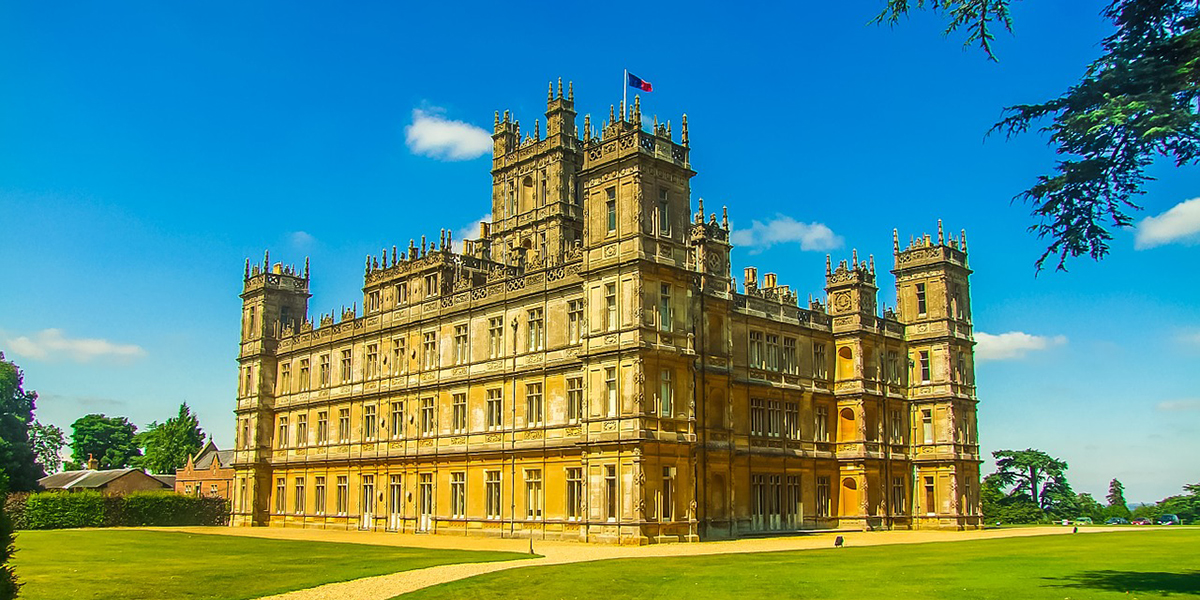
The architectural star of recent Downton Abbey fame, Highclere Castle is the family seat of the Earls of Carnarvon. It stands on a site that has long been occupied by grand buildings. The first was a medieval palace built in the 9th century by the Bishops of Winchester which features in William the Conqueror’s Doomsday Book.
The remodelling carried out by Sir Charles Barry in 1842 transformed the previous building, Highclere Place House, a neo-classical style mansion, into the building we see today, the Jacobethan styled Highclere Castle. Sir Barry had been commissioned to redesign the Houses of Parliament a few years earlier. Look at pictures of the two buildings and you may notice a resemblance. The grounds of the Highclere estate were designed and installed by renowned landscape architect Capability Brown between 1774 and 1777.
Canada owes its existence to the British North America Act of 1867, which was drafted at Highclere by, among others, the 4th Earl of Carnarvon and Canada’s first Prime Minister to-be, John A. Macdonald. Highclere is also connected to one of the greatest archaeological discoveries of all time, the 1922 discovery of Pharaoh Tutankhamun's tomb. The expedition that located the tomb was funded by the 5th Earl of Carnarvon, who was given the privilege of becoming the first to enter the ancient subterranean complex. The 5th Earl’s untimely death a year later was speculated by some to have been the result of a curse evoked by disturbing the royal resting place. Highclere’s basement now hosts a permanent exhibition of ancient Egyptian antiquities that once formed part of the 5th Earl’s personal collection.
The jewel of the Derbyshire Dales. Chatsworth rose to prominence after coming into the possession of Bess of Hardwick, one of Elizabethan England’s most powerful women. 16 generations later, the house still remains the home of the Cavendish family. Bess began an extensive reconstruction project in 1552 that expanded Chatsworth to its existing grand scale, though its facades, which are seminal examples of English Braque architecture, were added 150 years later. 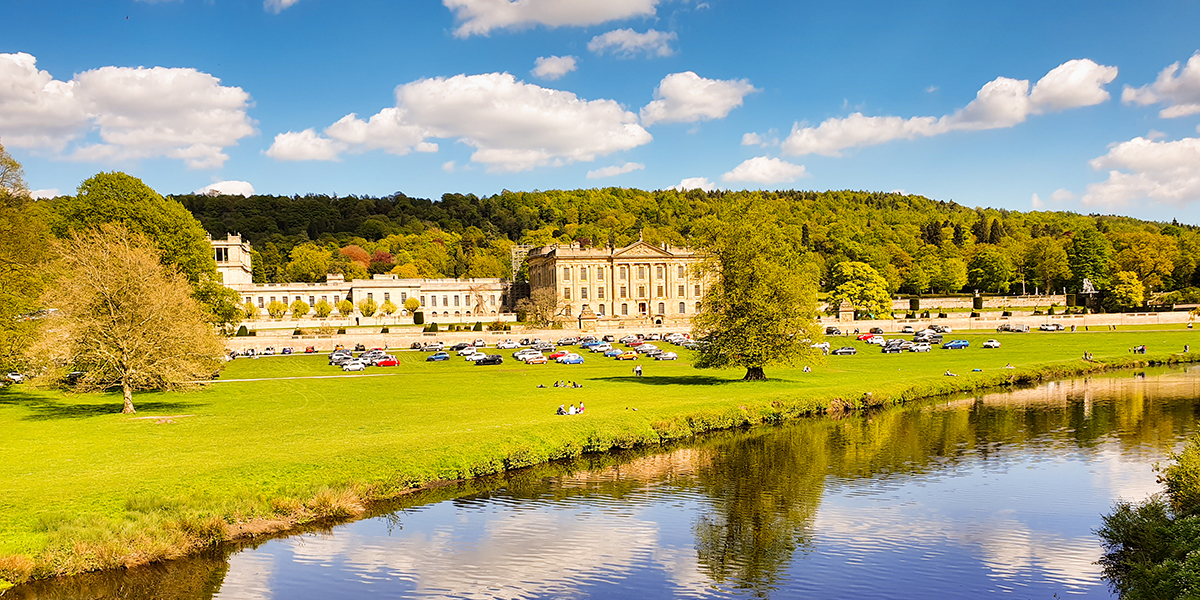
For a time, Chatsworth was one of the world’s most luxurious prisons when in 1568 Queen Elizabeth I chose to incarcerate her cousin Mary Queen of Scots within its walls. Chatsworth also occupies a special place in horticultural history. Remember the last banana you ate? It’s very likely to have been a direct descendant of the first banana plant grown at Chatsworth. It’s said that Joseph Paxton, head gardener for William Cavendish, 6th Duke of Devonshire, was inspired to start growing bananas in Chatsworth’s greenhouse during the 1830s after seeing the exotic fruit depicted on a Chinese wallpaper that adorned one of the house’s bedrooms. His efforts proved a great success and Chatsworth soon became an exporter of banana plants. Today, Cavendish bananas, as they’re now known, account for 99% of all bananas eaten in developed countries.
Completed in 1722, Blenheim Palace is one of the biggest houses in England and the only non-royal property to bear the title ‘palace.’ Given the building’s titanic scale and dazzling opulence, it would perhaps seem inappropriate to refer to it as anything less.
The palace was built in the English Baroque style for John Churchill, 1st Duke of Marlborough by architect Sir John Vanbrugh. Marlborough amassed enormous fame and fortune following his victorious campaign against the French and the Bavarians in the War of Spanish Succession. He decided to build a house befitting of his newly acquired stature and named it after his most famous victory. Blenheim’s estate also includes two thousand acres of gardens, which were also designed by Capability Brown and are widely considered to rank among his most exquisite work.
200 years later Blenheim became the birthplace of another famous member of the Churchill family, future Prime Minister and British Second World Wartime leader, Sir Winston Churchill. During the First World War, the palace served as a military hospital and its grounds were used to cultivate crops and livestock. During the Second World War, it became home to a group of evacuees and was used as an MI5 headquarters. Blenheim was designated a UNESCO World Heritage Site in 1987.
Chatsworth House, Highclere Castle and Blenheim Palace are all open to the public for at least part of the year. If your appetite is whet for the secret histories of historical sites, please continue feeding your curiosity by visiting Historic Britain: Best Sights and Stories of Cornwall.

